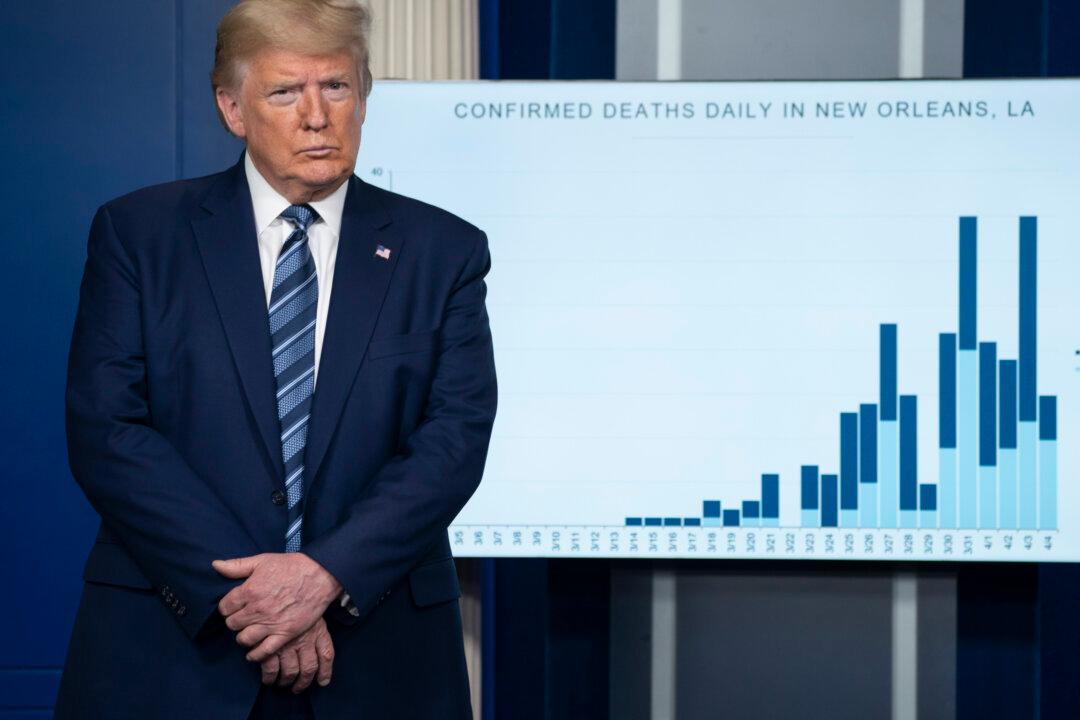All 50 states and territories in the United States have now been approved for major disaster declarations, President Donald Trump announced at the daily White House Coronavirus Task Force briefing April 5.
The major disaster declaration provides a wide range of federal assistance programs for individuals and public infrastructure, including funds for both emergency and permanent work. The United States is already under a national emergency declaration issued March 13, which freed up $50 billion in emergency relief funds for cities and states.





